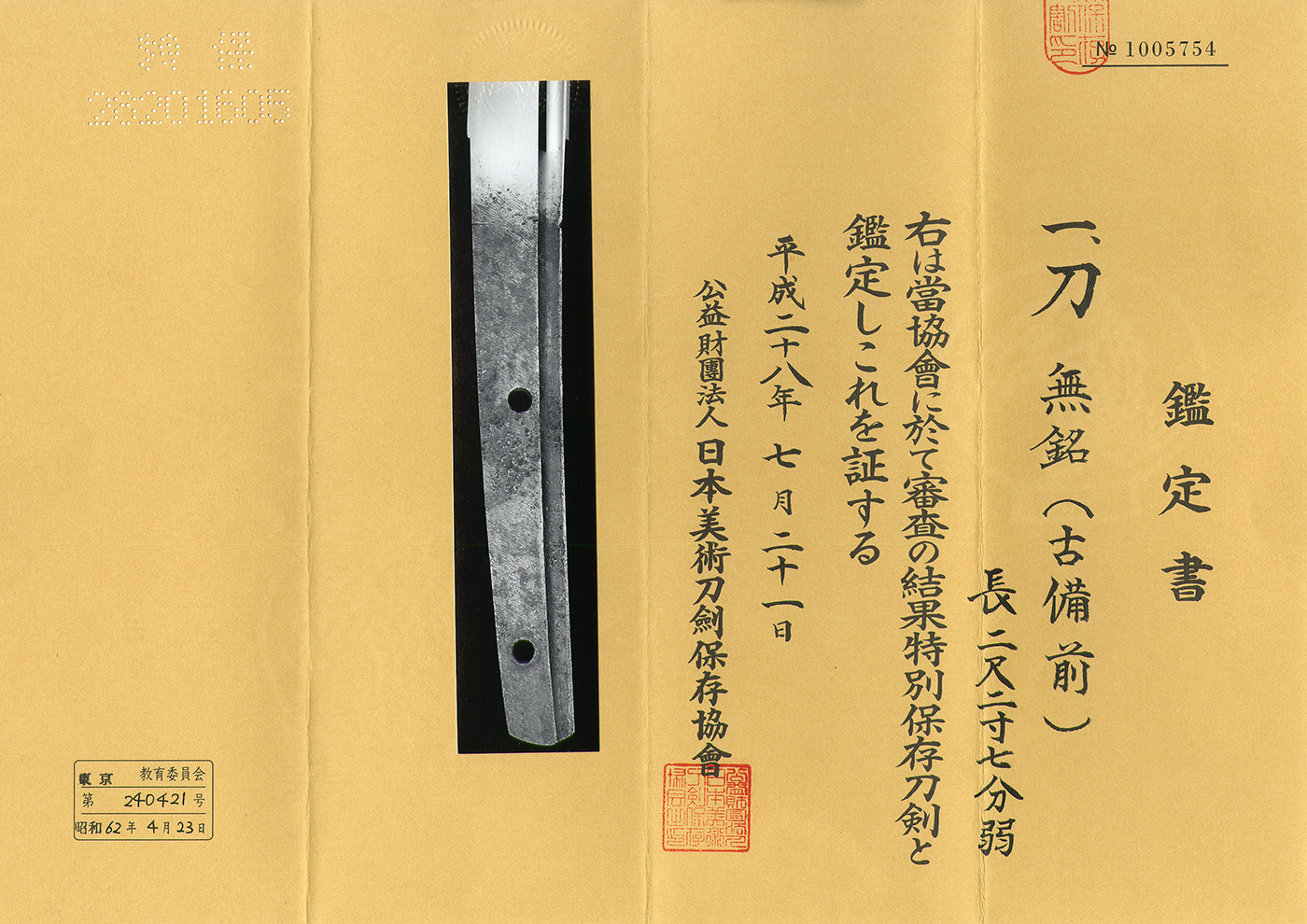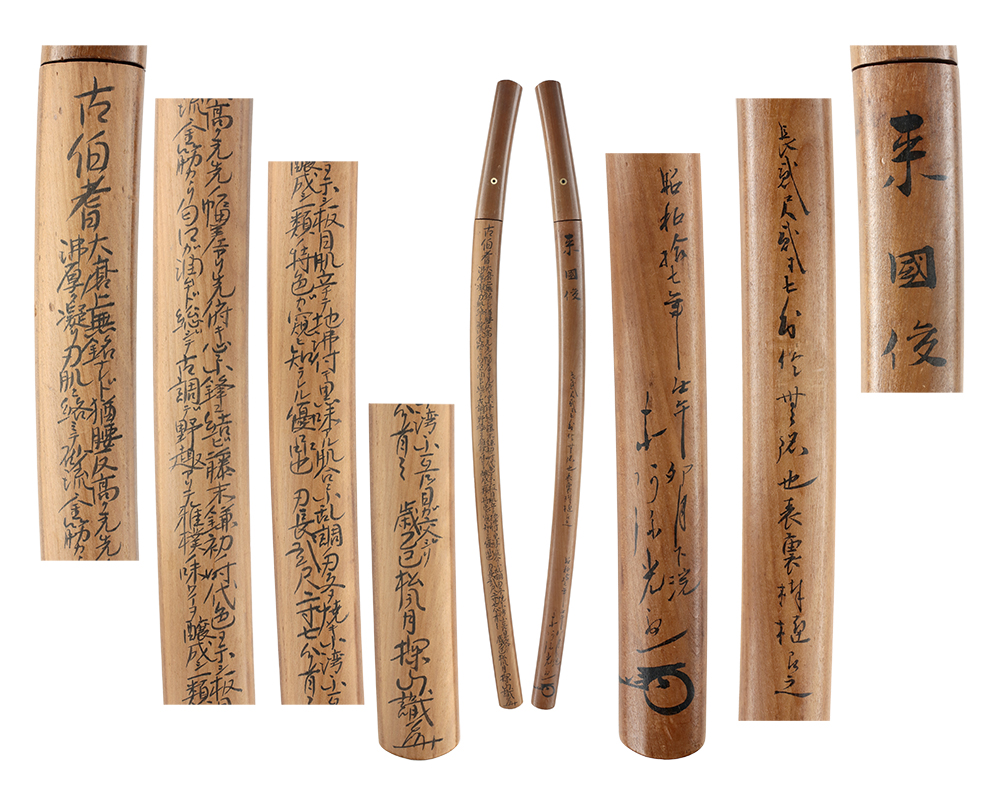Ordering number:AS25082
Katana in Shirasaya with Koshirae(NBTHK Tokubetsu Hozon Token)(Consignment Sale)
Signature: Mumei (Kobizen)
無銘(古備前)
Sayagaki: Rai Kunitoshi, 2 shaku 2 sun 7 bu (68.8 cm / 27.09 in), however unsigned.
There are grooves (hi) carved on both sides.
Written in the latter part of the fourth month (Uzuki) in Showa 17 (1942).
written by Hon’ami Koson (kaō / signature mark)
We divide 4 sections for each sword as Saijyo Saku, Jyojyo Saku, Jyo Saku and Regular Saku.
This work is ranked as Jyojyo Saku among the unsigned Kobizen swords.
Habaki: Gold foil single-layered
Blade Length: 68.8 cm (27.09 in)
Curvature: 1.6 cm (0.63 in)
Mekugi Hole: 2
Width at Base (Motohaba): 2.83 cm (1.11 in)
Width at Tip: 1.81 cm (0.71 in)
Thickness of rim (Kasane): 0.65 cm (0.26 in)
Sword Weight: 600 grams
Era: Swordsmiths referred to as "Kobizen" are from around 1184, which is the late Heian period.
As expected for its age, some stains are present, but the beauty of the jigane is still evident.
Shape:An o-suriage mumei katana with deep curvature and a slightly long kissaki.
A bo-hi groove is carved on both sides.
Jigane:Well-forged itame-hada with dark chikei patterns.
Hamon:The hamon has a deeply defined nioiguchi with long stains, making it somewhat unclear.
There are active kinsuji, and the hamon has a moist appearance.
The boshi turns back in komaru style.
Features:In 1942 (Showa 17), Hon’ami Koson appraised this blade as Rai Kunitoshi.
However, the Japanese Sword Museum later revised this to a much earlier era, identifying it as Kobizen.
Kobizen refers to swordsmiths from the late Heian period.
The long kinsuji lines reflect the age and characteristics of that period.
I believe the appraisal as Kobizen is correct.
Kunitoshi blades tend to show more of the jigane, which lessens the sense of age.
Koshirae: Tachi Koshirae
Tsuba: Tachi-style tsuba engraved with kiri (paulownia) crest and decorated with gold inlay
Fuchikashira: Design of clouds
Saya (Scabbard): Black roiro finish with scale-pattern design
Menuki: Design of birds
Aoi Art’s Comment: There is some looseness, which is inevitable for a sword from the late Heian period.
However, the jigane is clearly visible, and one can observe the steel texture from the time it was made.
This kind of sword is extremely rare and highly recommended.
The fine point of old swords is that most are forged solidly.
Therefore, it is fair to say that the core steel will not protrude.
NBTHK Tokubetsu Hozon Token
Aoi Art estimation paper: Whole Oshigata
Auction Starting Price:1,500,000JPY
Place Bid
Related Items:
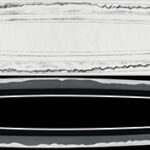 Katana: Mumei (unsigned) transmitted as Toshitsune(19th NBTHK Juyo paper)
Katana: Mumei (unsigned) transmitted as Toshitsune(19th NBTHK Juyo paper)
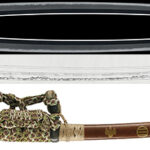 Katana: Bishu Osafune Masamitsu (illegible) (the 67th NBTHK Juyo Token)(NBTHK Tokubetus Hozon Tosogu)
Katana: Bishu Osafune Masamitsu (illegible) (the 67th NBTHK Juyo Token)(NBTHK Tokubetus Hozon Tosogu)
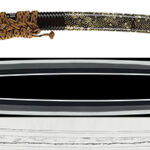 Katana:Mumei (Den Aoe) (NBTHK Tokubetsu Hozon Token)
Katana:Mumei (Den Aoe) (NBTHK Tokubetsu Hozon Token)
 Katana: Naniwa ju Gassan Unryushi Sadakazu Kitae (Kokuin) (NBTHK Tokubetsu Hozon Token) (NBTHK Tokubetsu Kicho Token)
Katana: Naniwa ju Gassan Unryushi Sadakazu Kitae (Kokuin) (NBTHK Tokubetsu Hozon Token) (NBTHK Tokubetsu Kicho Token)
 Katana:Gassan Unryushi Minamoto Sadakazu(NBTHK Hozon Token)
Katana:Gassan Unryushi Minamoto Sadakazu(NBTHK Hozon Token)
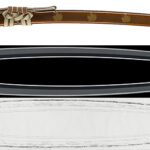 Katana: Nobutsugu(Aoe)(65th NBTHK Juyo Token)
Katana: Nobutsugu(Aoe)(65th NBTHK Juyo Token)




